Parish Church of St Peter and St Paul, Olney
According to ‘A History of the County of Buckingham: Volume 4’ (1927) ‘A church existed in the parish from a very early period, probably long before 1273, the date of the first known reference, but the present structure was built during the middle of the 14th century, the chancel being erected first and the other parts of the building some few years later.

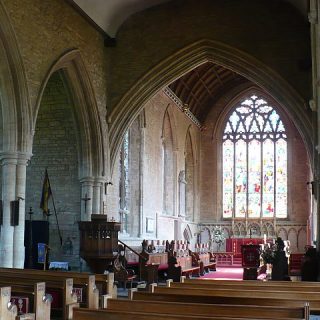
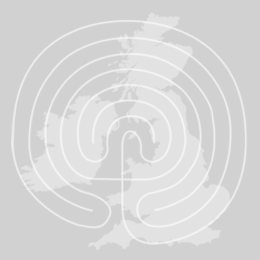
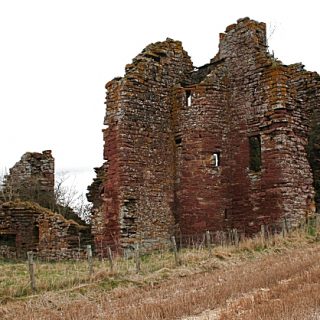
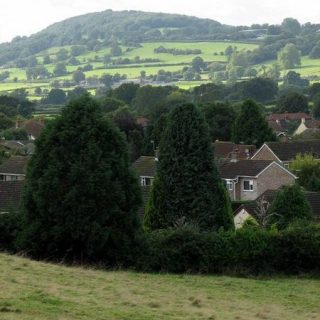
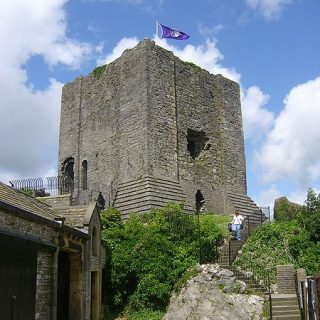

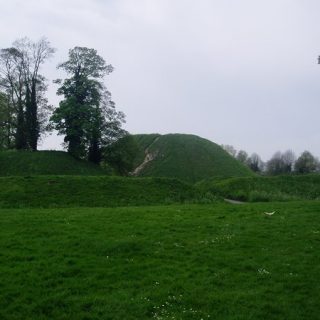
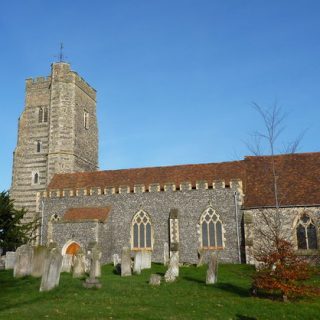
Recent Comments